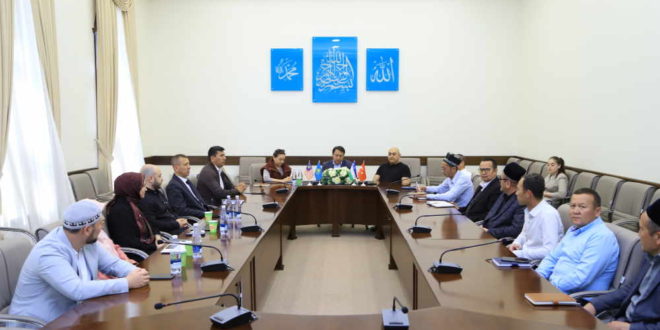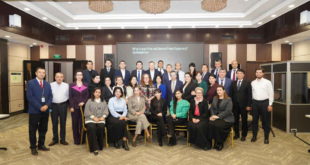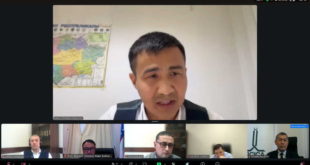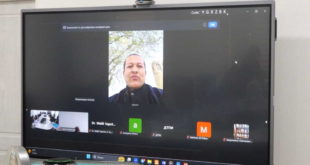Currently, the winners of the Imam Bukhari International Scholarship Program, who are undertaking their practical training at the Center, Daniyar Issabekov and Hatice Demirci Akyuz, presented their academic research. Daniyar Issabekov shared his comparative analysis of two commentaries on one of the important texts of the Hanafi school, Hidaya, while Hatice Demirci Akyuzpresented her research on Imam Bukhari and his work “Tarikh al-Kabir”: its structure, use of sources, and critical methodology.
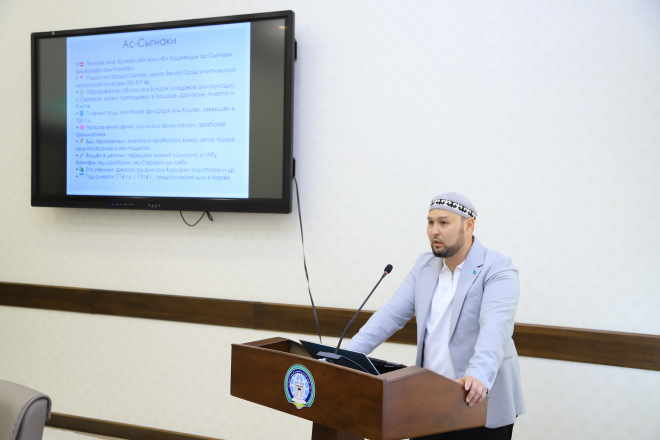
Daniyar Issabekov, a PhD student at Marmara University, provided a detailed information of the historical development, authors’ lives, and scholarly legacies of two important commentaries on the Hidaya during the political and intellectual changes in Central Asia in the 13th-14th centuries. These commentaries are “An-Nihoya fi Sharh al-Hidaya” by Hisamuddin Husayn Sigʻnoqi and “Al-Kifaya fi Sharh al-Hidaya” by Jalaluddin Gurlani.
He emphasized that Sigʻnoqi stands out for his unique style of scholarly analysis and logical reasoning. He presents the verses and hadiths in full and provides deep explanations of their meanings. In contrast, Gurlani opted for a more practical, concise, and fluent style, adapting his commentary to be more accessible for practical use.
The researcher also highlighted the stylistic differences between the two authors and their approaches to sources, providing scholarly examples to support his analysis.
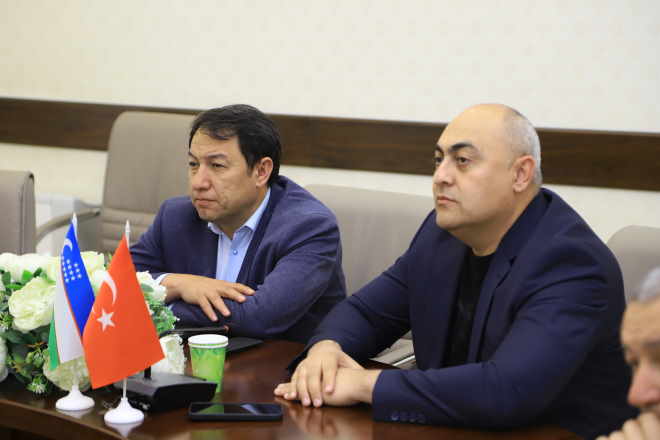
During the lecture, the audience gained interesting insights into the methodological differences between the commentaries on the Hidaya written in Central Asia and the Arab East, as well as the distinctive features of the didactic style in Sigʻnoqi’s work.
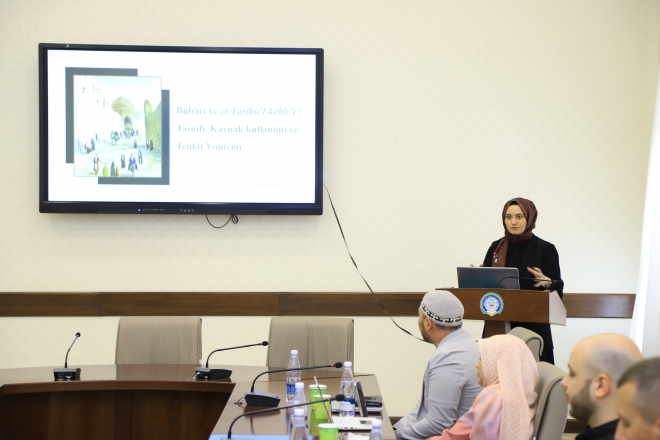
During the event, Hatice Demirci Akyuz, a researcher from Trabzon University, delivered an insightful lecture on Imam Bukhari’s work Tarikh al-Kabir.
The researcher focused primarily on the process of writing the work, its classification system, the method of presenting biographical information, and the unique forms of critique regarding the narrators. She particularly emphasized the organization and classification in the work — a total of 13,787 narrators are discussed, all presented in alphabetical order, with special attention given to the companions of the Prophet (Sahabah). Detailed information is provided about the narrators’ personalities, the regions they lived in, their narrations, teacher-student relationships, and sometimes even their occupations.
In evaluating narrators—whether through jarh (criticism) or taʿdil (acceptance)—the muhaddith employed distinctive critical expressions and terms, such as “fīhi nazar” (“needs further scrutiny”) and “munkar al-ḥadīth” (“his hadith is rejected”), while relying on the assessments of earlier generations of scholars.
The speaker emphasized that Imam Bukhari critically analyzed the authenticity of hadiths based on the narrators’ character, qualities, sources, methods of transmission, and the content of the texts. In conclusion, she underscored that Tarikh al-Kabir is of immense importance not only for documenting the biographies of narrators but also for shaping the scholarly methodology of jarh and taʿdil.
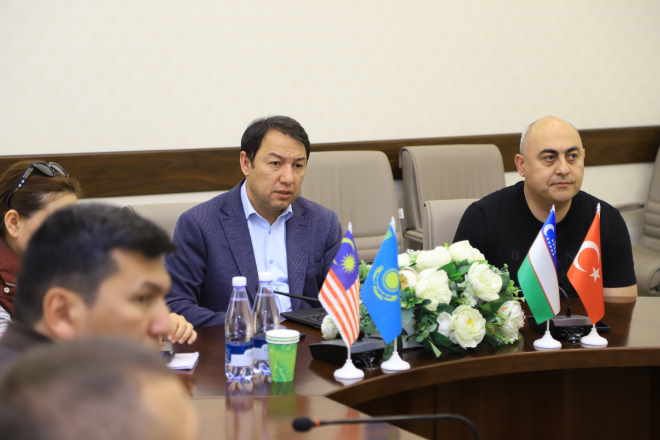
Both presentations continued with lively question-and-answer sessions and engaging discussions.
 Imom Buxoriy xalqaro ilmiy-tadqiqot markazi bukhari.uz
Imom Buxoriy xalqaro ilmiy-tadqiqot markazi bukhari.uz







